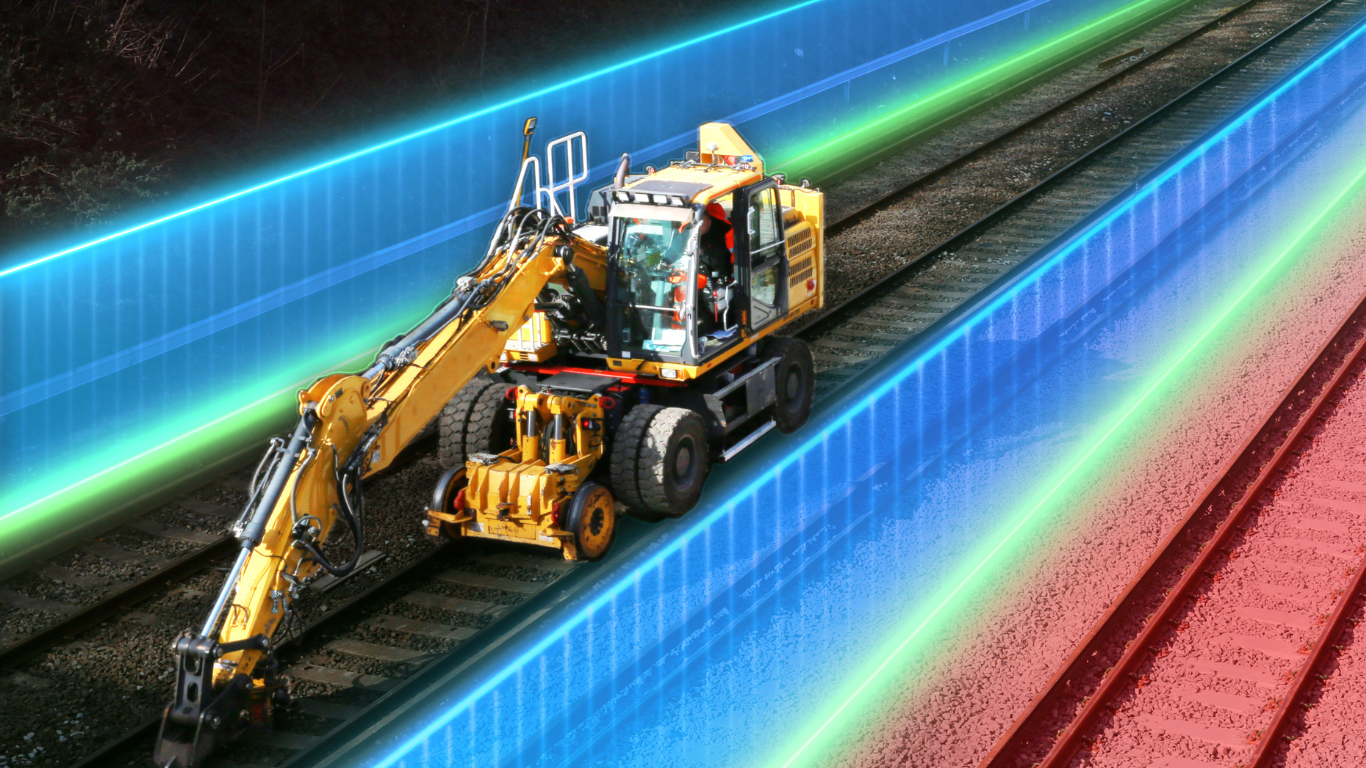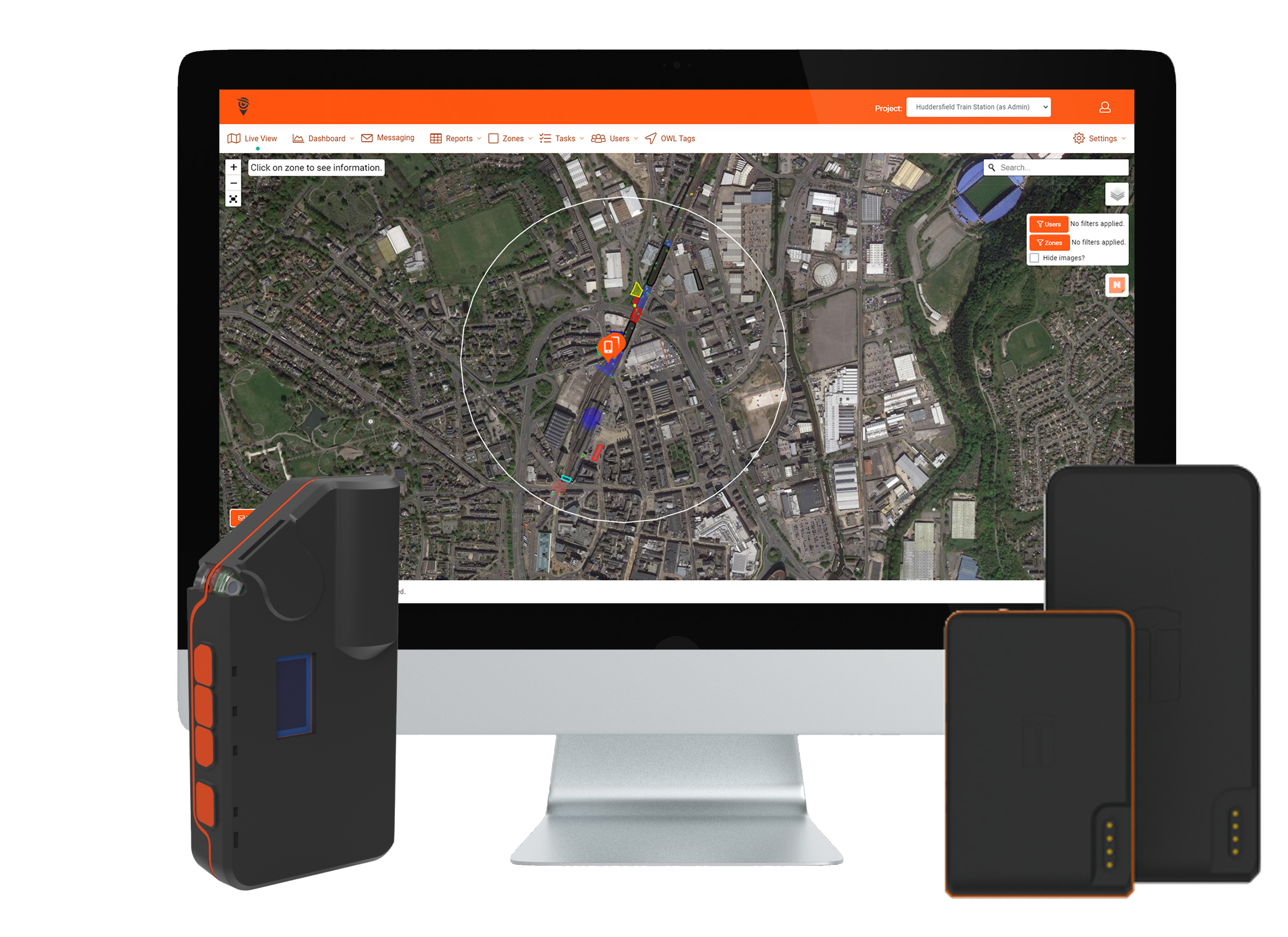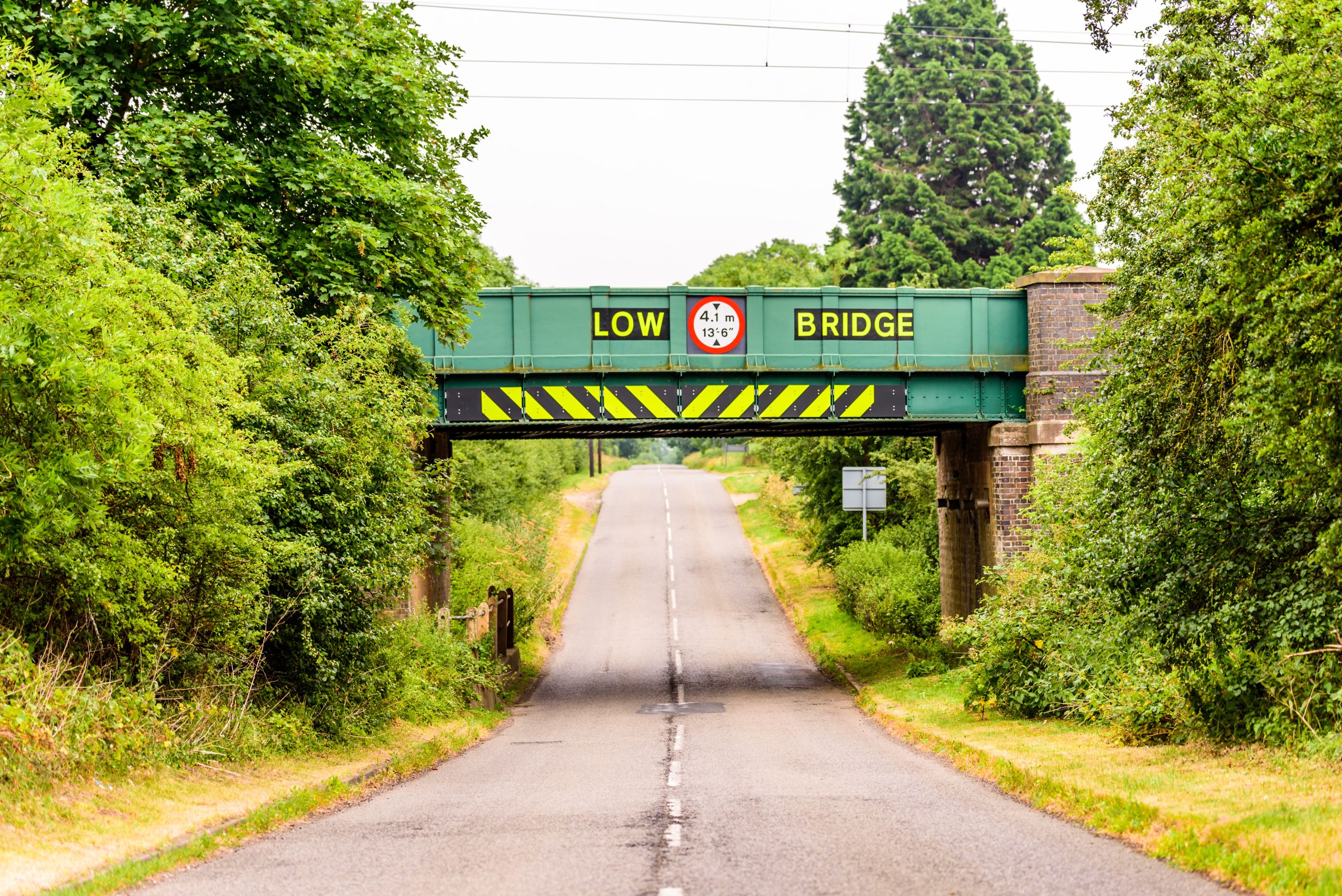In the recent Annual Health and Safety Report complied by ORR both asbestos and welding fumes are mentioned as occupational hazards for Network Rail – both can lead to long latency lung disease.
We explore how geofencing can help create warning systems to alert people when they enter exclusion zones around these two hazards.
The report states:
Asbestos: We will continue to monitor regional performance against new compliance-based asbestos key performance indicators (KPIs). This will allow us to assess whether the Technical Authority delivers on commitments to continuing asbestos assurance, including a planned review of their asbestos management standard in 2023 and subsequent completion of a formal audit.
How geofencing can help limit the risk to people working on Network Rail infrastructure
Geofenced zones can be set up around locations known to have asbestos – these zones are mapped and when the wearer of an OWL device enters the geofenced zone they receive an alert.
Geofenced areas of known asbestos can then be permanently within the exclusion zones for a specific area – meaning an additional layer of protection from this long latency lung disease causing hazard.
Welding fume: Following HSE’s classification of welding fume as a carcinogen, we have monitored Network Rail’s improvements to traditional control measures by provision of exhaust ventilation, suitable respiratory protective equipment, segregation by exclusion zones, forced ventilation in tunnels and training. Progress has been slower than we hoped. This year, our inspections confirmed that risk controls broadly met Network Rail’s current (interim) standards, with use of suitable powered Respiratory Protective Equipment (RPE) within 20m of welding exclusion zones and adequate arrangements for RPE maintenance. Using local exhaust ventilation as an engineering control in preference to RPE, other than in tunnels for major works, was much less common. Our overall assessment is that there is still more work to be done to improve the quality and consistency of welding fume control.
How geofencing can help limit the risk to people working on Network Rail infrastructure
Geofenced zones can be set up to create exclusion zones to meet the requirement of the current 20m exclusion zone around welding equipment.
The geofenced zones will add an additional layer of protection and ensure that anyone wearing an OWL geofencing device will receive an alert via the OWL wearable device. This will help further protect those working on Network Rail infrastructure from long latency lung disease.
Find out more about how to protect your people from known occupational hazards on Network Rail owned infrastructure.






